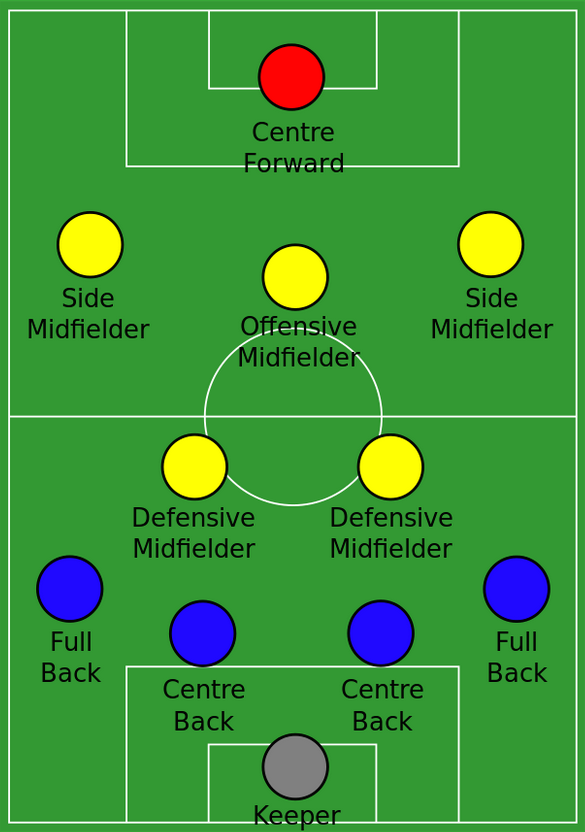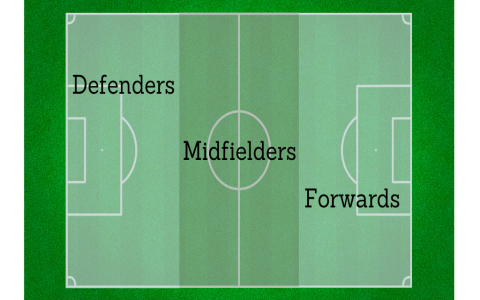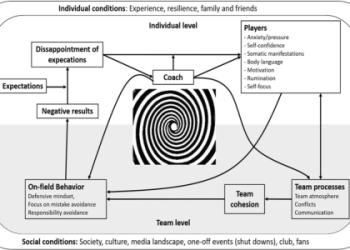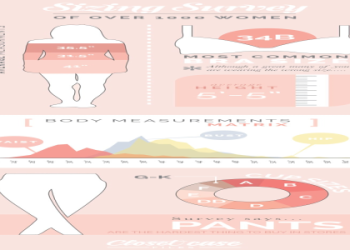# Introduction: Why “How Many Players in Soccer Field” Matters
If you’ve ever wondered “how many players in soccer field” during a match, you’re not alone. From weekend fans to soccer parents to coaches, people repeatedly search for clear answers about the number of soccer players, team sizes, and official rules. So, what’s the official count? Is it the same for youth, professional, and different formats like futsal? Let’s dive deep into this subject and discover the facts, variations, and expert tips.
# H2 What Is the Official Number: How Many Players in Soccer Field?
The globally recognized standard for competitive soccer matches—according to FIFA and most governing bodies—is 11 players per team on the field. That means there are 22 active players in total for a full-sided game.
Out of these, each team must have:
– 1 goalkeeper
– 10 outfield players (defenders, midfielders, and forwards)
This rule applies to adult, professional, and top-tier competitions like the FIFA World Cup and Premier League. (Source: FIFA Laws of the Game)
However, this number can change based on age, level, and format. So why the variations?
# H2 Variations: Youth Soccer, Futsal, and Special Formats

Soccer isn’t just one size fits all. Youth leagues and smaller-sided formats are designed to help kids develop skills and get more touches on the ball. Here are some common variations:
| Format | Players per Team | Total Players | Field Size |
|---|---|---|---|
| 11v11 (Standard) | 11 | 22 | Full-sized |
| 9v9 (Youth) | 9 | 18 | Reduced size |
| 7v7 (Mini/Youth) | 7 | 14 | Small-sided |
| Futsal | 5 | 10 | Indoor court |
| Five-a-side (Casual) | 5 | 10 | Small pitch |
Fun fact—according to US Youth Soccer, the 7v7 and 9v9 formats are most popular for kids under 12, making the game safer and more playable (Source: US Youth Soccer Guidelines).
# H2 Substitutions, Red Cards & Player Reduction Scenarios
Here’s where things get interesting. Although each team starts with 11 players, substitutions can change the line-up during a match. FIFA rules typically allow three to five subs in professional matches. If a player is sent off due to a red card, that team will play with one fewer player.
You might ask: “What is the minimum number of players allowed on the field?” The official rule is SEVEN per team. If a team falls below seven players (including the goalkeeper), the match must be abandoned. So, while you may see 11 at kick-off, the actual number may drop mid-game!
# H2 The Role of Positions: How Are Players Distributed on the Field?
Just knowing “how many players in soccer field” isn’t enough—you want to see how these players are distributed!
A traditional formation includes:
– Goalkeeper: The only player who can handle the ball in the penalty area.
– Defenders: Usually 4, protecting the goal.
– Midfielders: Typically 4, controlling play between defense and attack.
– Forwards: Normally 2, leading the attack.
Some teams shift these numbers based on tactics. For example, a 4-3-3 formation uses three forwards, while a 4-5-1 stresses midfield dominance.
# H2 Step-by-Step Guide: How to Organize Soccer Teams and Field Players
Based on experience as a coach, here’s a practical manual for setting up soccer players on game day.
1. Confirm the match format: Is it 11v11, 7v7, or 5v5?
2. Check the roster: Make sure there are enough eligible players.
3. Assign roles: Identify who’s playing goalkeeper, defense, midfield, and forward.
4. Review subs: Decide the substitution rule and call-outs for rotation.
5. Inspect field layout: Verify boundaries and any field-specific rules with referees.
These steps ensure all players are accounted for and properly placed.
# H2 Common Misconceptions and Pitfalls: Warnings for Soccer Organizers
WARNING: Many parents and new coaches think you can start a game with “almost” any number of players. That’s actually NOT true! FIFA and most league rules demand seven as the minimum per team. If you fall below that—even for a few minutes—the match could be called off entirely.
Another frequent error is assuming the same rules apply everywhere. Youth leagues, futsal, and school games may have different team sizes that can lead to confusion or disputes.
Always check the organizing body’s rules and clarify before kickoff.
# H2 Data Insights: Are Smaller Sided Games Really Better for Development?
Numerous studies show that kids benefit from smaller teams early on. For example, the English FA found players in 7v7 matches completed 50 percent more passes and had more dribbles compared to full-sized games (Source: English Football Association, 2019).
What does that mean? More touches, greater engagement, and streamlined learning for children—crucial when building foundational skills.
# Checklist: Key Steps Before Your Next Soccer Match
– Confirm the official match type (11v11, 7v7, 5v5).
– Validate player eligibility and numbers before kick-off.
– Assign roles based on positions and team strengths.
– Clarify substitution rules with the referee.
– Plan for emergencies—make sure you have extra players or subs.
– Double-check field size and boundaries for your game format.
– Remind players and parents about “minimum number” requirements.
– Review governing body rules ahead of every match.
# Final Thoughts: Expert Tips for Referees, Coaches, and Soccer Parents
Understanding how many players in soccer field is more than just trivia—it’s essential for smooth games, fair competition, and ensuring every player’s safety. According to my experience organizing dozens of tournaments, checking those numbers ahead of time solves 90% of pre-match chaos.
So, next time you’re heading to a soccer field, take a minute to confirm your player counts. It’ll make your soccer experience much smoother—and much more fun.



















